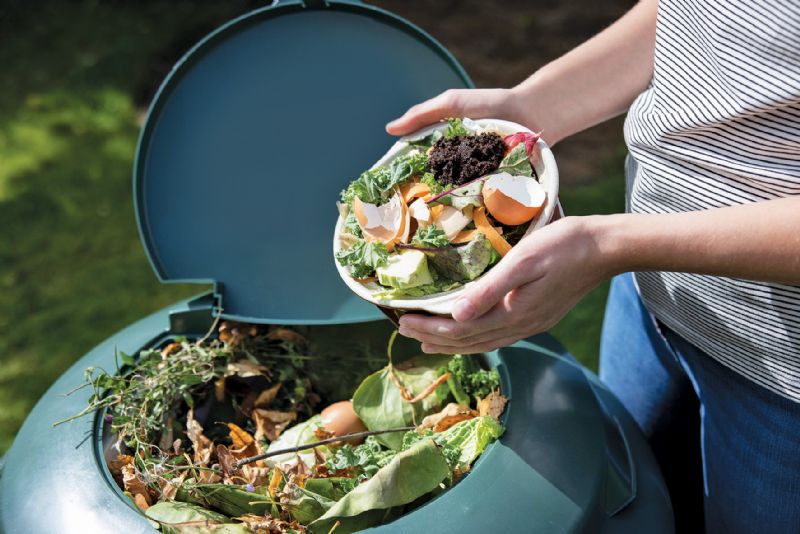- Home
- News, Articles & Reviews
We are hiring! Please click here to join our growing magazine delivery team in Gloucestershire!
Areas
Homes & Gardens
Archive

Make your own compost
All Areas > Homes & Gardens > In the Garden
Author: Julia Smith, Posted: Monday, 23rd August 2021, 11:00
The weather in September can often be the best of the year; probably because one isn’t expecting it to be up to much as ‘summer’ finishes and the schools go back.
The fruit is hanging heavy on the trees, and the conkers are bursting from their spiky sleeping bags! The borders are still full of colour with michaelmas daisies, salvias and cosmos weaving through the grasses, which come into their own in autumn.
Colchicums can be planted now. Put them in small groups in a sunny but sheltered position under trees. They flower in autumn but the leaves come out in spring. Colchicum speciosum ‘Album’ is a lovely white one, which has an award of garden merit from the RHS. Please note that all parts of the colchicum are poisonous, so make sure you wash your hands after handling.
If you haven’t already got one, either buy or make a compost container. Even if you think you don’t have enough garden to use home-made compost, by putting all your kitchen vegetable waste, peelings, grass cuttings, torn-up paper and cardboard into a compost bin, it all breaks down and turns itself into a small amount of lovely soil conditioner.
Site the bin on bare earth to allow drainage and access for soil organisms. I like to turn the contents from time to time, but a recent report said that it makes no difference. Just don’t put too much of one sort of waste in (especially grass cuttings, as they can get very slimy) – layer it up like a lasagne.
Less waste and a food source for birds
Having a compost bin means less waste to put out for refuse collectors, which has to be a good thing. The other benefit is that the birds love poking around at the base of my plastic compost bin to get out nice juicy worms, so it’s a win win!
Compost can take between six to eighteen months to break down, but it will provide you with great quality soil to use in your garden for future plants.
Now is a good time to review your borders before everything dies down for the winter. You may find that some clumps of plants are getting too big and perhaps the centre part has died. You can lift a big clump and divide, either by cutting with a sharp spade into pieces, or using two garden forks back to back and prising apart.
Replenish the soil (with some of your new home-made compost perhaps!) and add a little bonemeal before replanting the smaller pieces.
Finally, remember to put netting over your pond to prevent falling autumn leaves from clogging it up. Be mindful of wildlife and allow gaps at the side of the netting for them to climb in and out of the pond.Other Images
Copyright © 2025 The Local Answer Limited.
Unauthorized use and/or duplication of this material without express and written permission from this site's author and/or owner is strictly prohibited. Excerpts and links may be used, provided that full and clear credit is given to The Local Answer Limited and thelocalanswer.co.uk with appropriate and specific direction to the original content.More articles you may be interested in...


© 2025 The Local Answer Limited - Registered in England and Wales - Company No. 06929408
Unit H, Churchill Industrial Estate, Churchill Road, Leckhampton, Cheltenham, GL53 7EG - VAT Registration No. 975613000You are leaving the TLA website...
You are now leaving the TLA website and are going to a website that is not operated by us. The Local Answer are not responsible for the content or availability of linked sites, and cannot accept liability if the linked site has been compromised and contains unsuitable images or other content. If you wish to proceed, please click the "Continue" button below:




